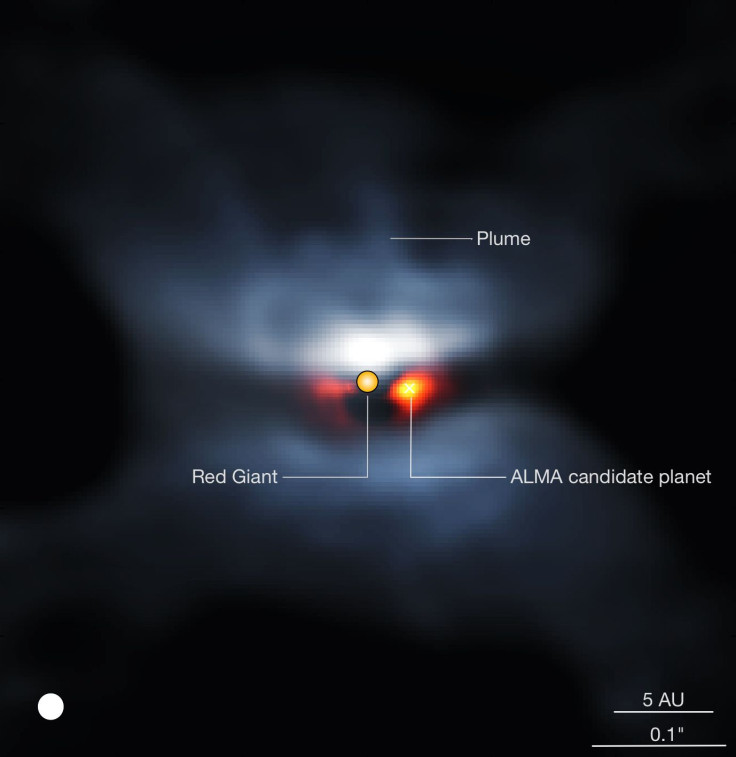End Of Days: Will Earth Survive The Sun’s Expansion Into A Red Giant 5 Billion Years From Now?

Even if climate change were to make Earth uninhabitable for living beings, the planet itself would still exist. After all, based on what we currently know, it was barren of life for at least a few hundred thousand years after its formation. And since life first sprung up, it has survived in some form or another through the various eras, periods, epochs and ages. However, is there a time when Earth itself will come to end?
It is estimated that the sun has already been in existence for about 5 billion years, and the remaining fuel in it will last another 5 billion years, as the star is in its current form. Once it is past that stage, it will expand in size, turning into a red giant that will engulf Mercury and Venus in its transformation, and possibly also Earth. After another 2 billion years or so, the sun would have shrunk into a much smaller white dwarf, roughly about the size of Earth.
Whether our planet will be, at the time, a place where life can survive is another question, which could only be asked if the planet’s existence itself is guaranteed.
As Leen Decin, a professor at the KU Leuven Institute of Astronomy (KULIA) in Belgium, said in a statement: “The fate of the Earth is still uncertain. We already know that our sun will be bigger and brighter, so that it will probably destroy any form of life on our planet. But will the Earth's rocky core survive the red giant phase and continue orbiting the white dwarf?”
To understand that, an international team of astronomers — from Belgium, Chile, France and the United Kingdom — studied L2 Puppis, an evolved star which is only 208 light-years from Earth. Using the ALMA radio telescope in Chile, they found an object orbiting the star at a distance of about 300 million kilometers, roughly twice the sun-Earth distance.
“We discovered that L2 Puppis is about 10 billion years old. Five billion years ago, the star was an almost perfect twin of our sun as it is today, with the same mass. One third of this mass was lost during the evolution of the star. The same will happen with our sun in the very distant future,” Ward Homan, also from KULIA, said in the statement.
Researchers are hoping studying the interaction between L2 Puppis and its planet will help them answer the question of Earth’s survival in that distant future.
A study detailing the methodology the researchers are using was published Thursday in the journal Astronomy & Astrophysics under the title “ALMA observations of the nearby AGB star L2 Puppis.”
© Copyright IBTimes 2024. All rights reserved.











